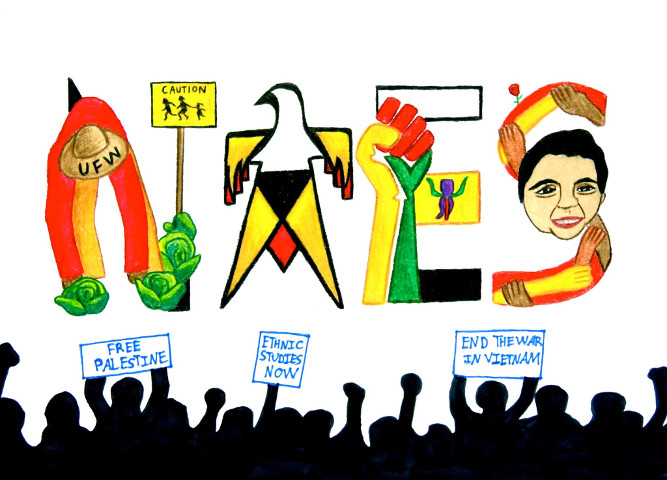Explorations in Sights and Sounds

Orginal Publication Date
1991
Journal Title
Explorations in Sights and Sounds
Volume
11
Issue
ess/vol11/iss1
First Page
65
Last Page
66
Abstract
In this volume, Peter Whiteley, an anthropologist, probes into the reasons for the split in Oraibi, largest of the thirteen Hopi Indian communities in northeastern Arizona, early in this century. Oraibi was a thriving village in 1540 at the time of Coronado's entrada into the southwest; archaeological evidence suggests that the village was settled at least four or five centuries earlier. In 1906, one group of villagers angrily left or were forced out of Oraibi and established a settlement known as Bacavi. Previous studies have portrayed the Bacavi Hopi as "hostiles," that is, culturally traditional people who opposed U.S. goverment [government] policies -- especially the compulsory education of their children in white schools. On the basis of his fourteen-month residence in Bacavi during 1980 and 1981, Whiteley challenges that hypothesis. He argues for the use of an ethnosociological (or "folk") model of analysis which stems from the Hopi ethos as opposed to the external framework superimposed by western science. Ultimately he concludes that the Oraibi split was not due to some general factionalism of "hostiles" vs. "friendlies" within a previously assumed egalitarian society which was facing forced assimilation. Rather, Bacavi was the result of an intentional upheaval -- a radical revolution -- in which the dominance of the pavansinom (ritually and politically "important people") was smashed. As Whiteley emphasizes in his book title, he believes that the split was a deliberate attempt to restructure a portion of Hopi society.
Rights
Copyright, ©EES, The National Association for Ethnic Studies, 1991


